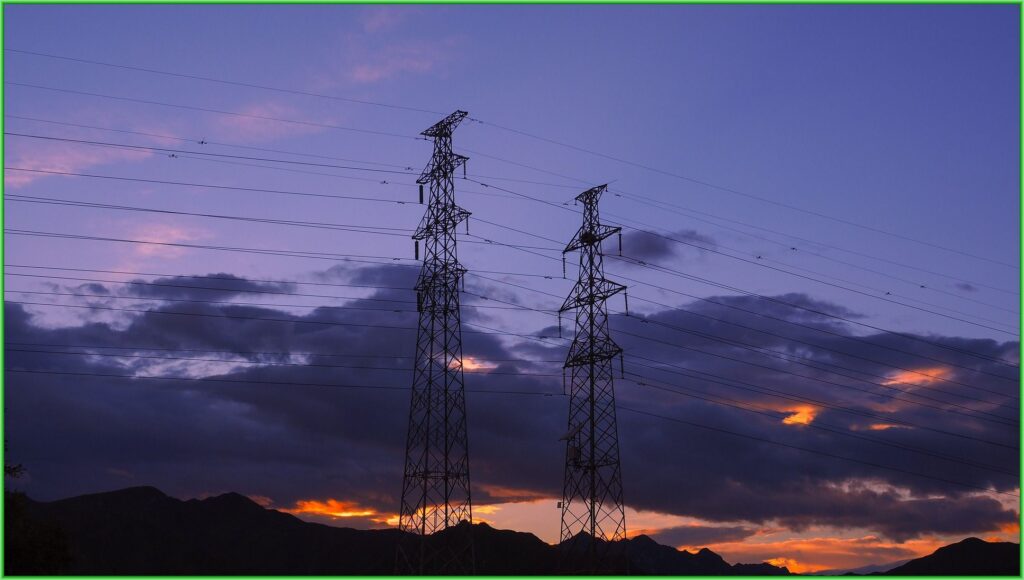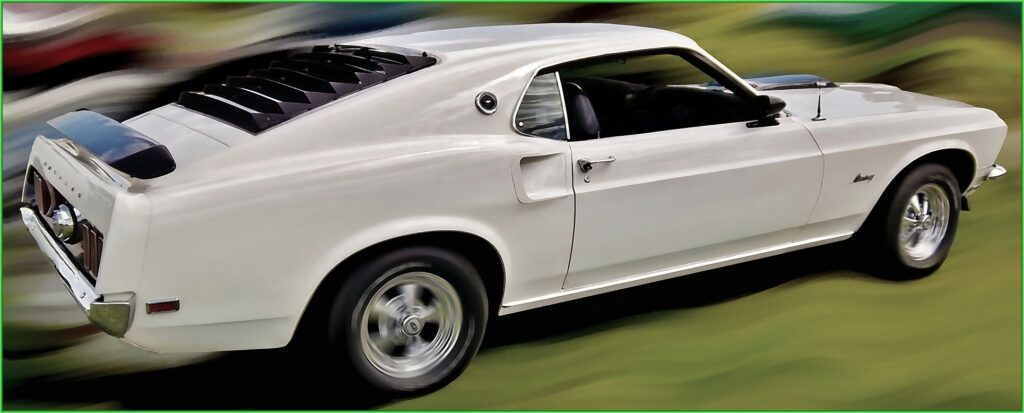New EV Charge Stations for 2023
New EV Charge Stations for 2023
The 2022 CalGreen Code, which goes into effect on January 1, of 2023 will mandate 16,100 new electric vehicle charge stations in 2023. These will be required in new multi-family projects, as well as hotels and motels.
The new code requires that EV chargers, ready for use, be provided for 30 percent of all parking spaces at multifamily complexes, hotels, and motels. Also included are residential parking garages.
To put this number into perspective, the 16,100 new chargers will consume 40 amps each of 208/240 volt power. Converting this number to kilowatts (16,100 chargers x (208 volts x 40 amps x .95 power factor) / 1000 ) equals a whopping 127,254 kilowatts of power. This equates to 127 megawatts.
To further put this number into perspective, in California, one megawatt of power can serve 750 homes. One hundred and twenty seven megawatts can power (127 megawatts x 750 homes) equals a stunning 95,250 houses! This is just year one of the new CalGreen Code requirements. Subsequent years will have similar power requirements.
This is a massive effort by the State of California to ensure access to electric vehicle charging for everyone. Multi-family projects have historically been occupied by lower income groups, though that may not be the case in the current economy. In any case, requiring all new multi-family projects to provide EV chargers to 30% of all parking spaces is a huge step forward.
It is expected that future CalGreen Code editions (which come out every three years) will continue to increase these new charge station requirements.
California Energy Commission Leads the Way
Through the Clean Transportation Program the California Energy Commission is investing in the charging infrastructure to drive the transition to zero-emission electric vehicles throughout the state. The Energy Commission is also supporting strategic regional planning to support adoption of these vehicles.

The Energy Commission is building a corridor of conveniently-located direct current fast chargers that allows drivers of electric vehicles to travel throughout the state. This is the largest network of publicly accessible charging stations in the United States. This network will allow for the rapid charging of electric vehicles through out every major highway in the Golden State. Targeting transportation corridors allows drivers of electric vehicles to travel throughout California and conveniently charge their cars in the least amount of time possible.
Will EV Chargers Lead to Grid Overload?
Political fear-mongering aside, the actual facts are that not even the 2035 mandate for all new electric vehicles will overload California’s power grid system.

The California Energy Commission projects only about 4 percent of the state’s load demand during peak hours will come from vehicle charging by 2030. Further, the state plans to triple the grid capacity by 2035.
Over the next three years, California utilities already plan to add 8 gigawatts in renewable and storage capacity. A gigawatt is roughly enough electricity to supply 750,000 homes.
The state is taking multiple tracks to ensure the viability of an all-electric car future. This includes utility-level battery storage systems, increased municipal solar power, and load management systems that will allow reducing EV charging, and equipment power, during peak periods.
Lastly, an important element is the integration of vehicle-to-grid power. We are all familiar with the concept that a rooftop solar system that produces excess power sends that excess power back to the grid. The home-owner then gets credit for this power from the utility company.
The same concept is being developed for electric vehicles. Take the example where your solar system has charged your second car to 100% percent during the day. However the car owner only uses the second car for short trips to the grocery store. This may only require the car to be charged to, say 60% for normal use. The homeowner can then set up his car charging system to return any power over 60% back to the utility. Just as with solar power systems, the utility will give them credit for producing this power and distributing it back to the grid.
Even if the excess power is only 5% or 10%, when millions of vehicles are involved, the vehicle-to-grid system will greatly reduce the over-all load on the grid.
But What About My ’69 Mach 1 Mustang?
Internal gas combustion engines will be around for generations to come. Just because all new cars will be electric does not mean that you will have to sell your ’69 Mach 1 Mustang!

There seems to be this paranoia that the move to electric vehicles will somehow mean the end of our classic cars. Gasoline powered vehicles are not going anywhere. While the right to own a classic muscle car may not be written into the constitution, the love of our gas-guzzling automobiles is ingrained in the American psyche. Your grandchildren will no doubt be able to drive down the boulevard singing Mustang Sally in their great-grand dads Boss 351!
Want More Facts?
On may 28, 2021 the California Energy Commission issued the Electric Vehicle Charging Infrastructure Assessment in response to Assembly Bill 2127.
As of January 4, 2021, California has installed more than 70,000 public and shared chargers, including nearly 6,000 direct current fast chargers. This report finds that an additional 123,000 are planned, of which about 13,600 are fast chargers, which leaves a gap of about 57,000 installations, including 430 fast chargers, from the 250,000 chargers goal.
For passenger vehicle charging in 2030, this report projects over 700,000 public and shared private chargers are needed to support 5 million ZEVs, and nearly 1.2 million to support about 8 million ZEVs anticipated under Executive Order N-79-20. An additional 157,000 chargers are needed to support 180,000 medium- and heavy-duty vehicles anticipated for 2030.
You can read the full text of the assessment here.
Please Note:
Those who have worked with me, or have read information on my website, know that I am always happy to share my knowledge on the CalGreen Code. However, the EV charging requirements have created such a flood of information requests, that it is negatively affecting my business. I can no longer accept inquiries on the EV charging requirements of the CalGreen Code. Nor do I wish to act as a consultant on this subject.
If you have questions on this code I suggest you try calling the California Energy Commission, Building Energy Efficiency Standards, at 800-772-3300. Or you can email them at title24@energy.ca.gov.


Gary Welch has over 35 years experience in the field of sustainable building design. He is the CEO of CalGreen Energy Services. Gary is an ICC Certified CalGreen Special Inspector and Plans Examiner.


